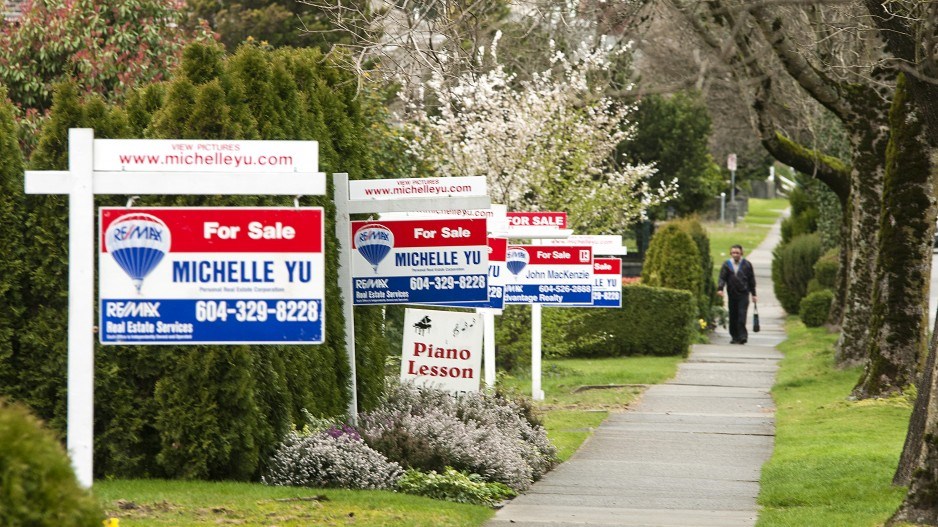The housing market in B.C. ended 2023 with a surprise sales gain. Seasonally adjusted MLS sales rose for the first time since June 2023, with a seven-per-cent increase to reach 5,703 transactions in December.
However, soft pricing conditions persisted with the average home value down by one per cent to $968,400. This was the lowest since April, although prices often fluctuate between gains and losses in any given month.
B.C. MLS sales totalled 73,071 units in 2023, a decline of 9.2 per cent from the prior year. The average price fell by 2.6 per cent.
On a seasonally adjusted basis, MLS sales rose in most real estate markets. Greater Vancouver experienced a 5.1-per-cent increase in sales – the first increase since May 2023. In Chilliwack, sales rose 12.2 per cent following two back-to-back monthly declines. The Fraser Valley reported an 18.8-per-cent jump after five months of declining sales, and home sales in Kamloops and the Kootenays rose by 1.1 per cent and 1.9 per cent, respectively. Okanagan Mainline was the sole region to post a decline in sales last month, with a 6.4-per-cent dip. South Okanagan home sales were unchanged in December.
B.C.’s one-per-cent decline in the average home price was broadly observed. Greater Vancouver home values declined 1.4 per cent and prices fell by 2.7 per cent in the Fraser Valley. In Kamloops and the Kootenays, prices fell by 2.3 per cent and 3.5 per cent, respectively. South Okanagan also saw prices recede by 3.4 per cent, and Okanagan Mainline and Chilliwack both reported gains of 3.1 per cent and 7.2 per cent, respectively.
Meanwhile, benchmark home values continued to fall across B.C. with Lower Mainland benchmark prices down 0.9 per cent.
It is still early to call the recent rebound a turn in market momentum, particularly as prices eased. But strong population growth from immigration is bolstering housing demand. In the coming months, the spring market will be a test for the resilience of the housing market and could mark a launchpad for higher home sales.
Retail spending in Canada slowed in the month of November following two months of growth. Seasonally adjusted retail sales edged down 0.2 per cent to $66.6 billion. This was lower than the consensus forecast of no monthly growth. The decrease in retail sales was led by lower receipts from food and beverage retailers and general merchandise retailers. They were down 1.4 per cent and 1.8 per cent, respectively.
On a seasonally adjusted basis, B.C. experienced a 0.7-per-cent gain in retail spending in November – the province’s third consecutive monthly increase. Unadjusted year-to-date sales were also up 0.8 per cent, with six out of nine store categories reporting higher year-to-date sales. Compared to November 2022, retail sales were up 1.3 per cent. Growth was led by higher sales at health and personal care retailers (up 13.7 per cent) and by higher sales at clothing, clothing accessories, shoes, jewelry, luggage and leather goods retailers (up 10.4 per cent). Offsetting these higher sales was a decline in retail sales at gasoline stations and fuel vendors (down 4.5 per cent) and at sporting goods, hobby, musical instrument, book and miscellaneous retailers (down 5.5 per cent).
Adjusted for seasonal factors, Vancouver metro area retail sales increased 1.2 per cent monthly, and rose by 0.9 per cent on an annual basis.
Bryan Yu is chief economist at Central 1.





